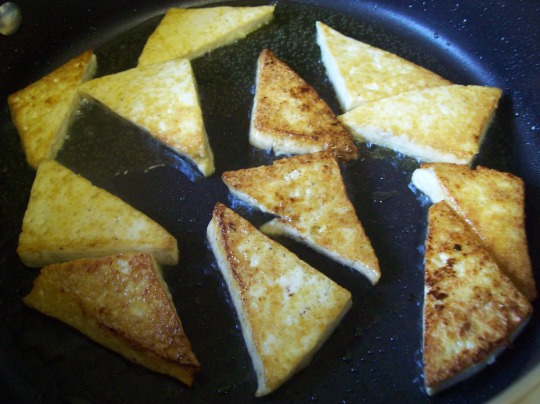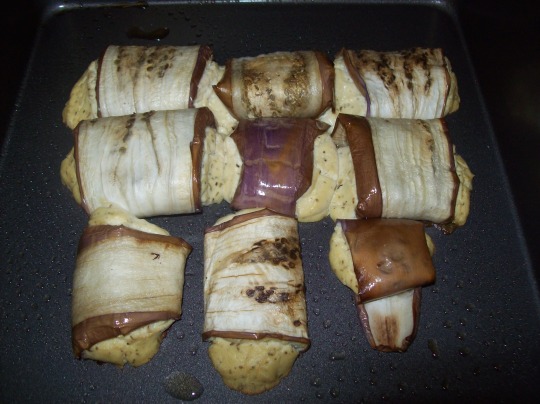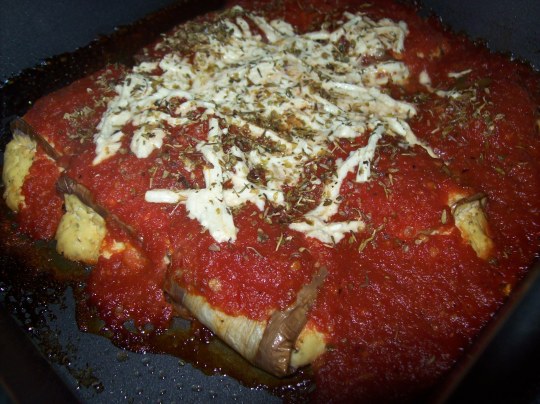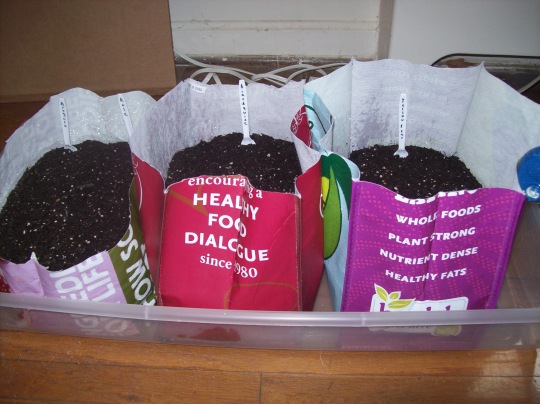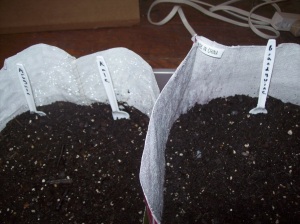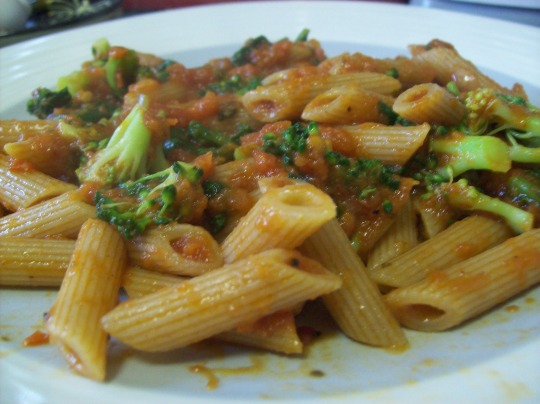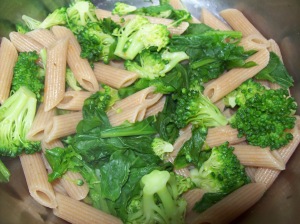Panang Curry with Tofu and Vegetables
It’s never too hot for a good curry!
I really enjoy Thai food, especially a good Panang curry. My boyfriend also absolutely loves Thai; and we’ve gotten many a dinner together at the plethora of Thai places in the DMV area. While I enjoy these restaurants thoroughly, I wanted to try my hand at making my own curry at home. So, I decided to start with my favorite – a simple panang. I found this recipe for panang curry, and while it calls for chicken and fish oil, it seemed not only simple to prepare, but easy enough to modify into a vegetarian dish.
To start, I did some advance prep by cooking up some rice and making some coconut milk. As I mentioned last week, I’ve started making a lot of my own grocery store staples, such as bread and nondairy milk. In the book How it All Vegan, I found a really easy recipe for homemade coconut milk, and decided to give it a try. I am now a convert to homemade coconut milk! Basically, you take 1/2 a cup of shredded coconut (I used dry shredded, which I usually keep around the apartment for baking), add 1 cup of boiling water, blend them together until smooth, and then strain out the coconut bits. That’s it. Really. Why was I spending money on cans again?
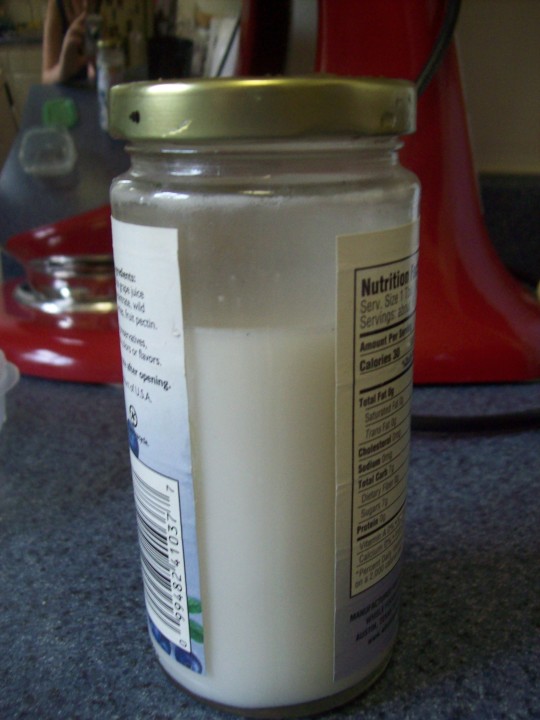
The recipe yields about 1 cup of coconut milk. If you measure it out and have less than one cup, add a little water
I kept both the coconut milk and the rice in the fridge until I made my curry that night (the coconut milk will separate when chilled; just shake it up before using).
To start the curry, I first cut up half a block of tofu into small triangles, then fried them in olive oil for about 10 minutes; or the duration of time that it took to make the curry sauce. I’d recommend doing this in both a deep skillet and one with a lid, since the oil will fly up during frying and might hit you! I mostly left the tofu alone while making my curry sauce, with the exception of flipping the triangles over about halfway through. This allowed them to get really nice and crispy on both sides.
Up next was the easy part – the sauce. I brought my coconut milk (though the recipe calls for a 14 oz can, I yielded plenty of sauce with the one cup I prepared) to a gentle boil, then added some garlic and red curry paste (as opposed to Panang curry paste), stirring to make a rich sauce. I then added some chopped onion, which I chopped finely as opposed to slicing into strips like the recipe suggests. While the onions simmered in the sauce, I prepped my other veggies and flipped the tofu triangles. After about three minutes, I added sugar, peanut butter (instead of roasted peanuts), sliced carrots, cubed tomato, and dried red pepper flakes (about 1/4 tsp), stirring to get the peanut butter good and incorporated into the sauce. Rather than add the tofu triangles to the sauce, as instructed, I drained the excess oil from my skillet, returned the tofu, and then added the sauce to the warm skillet, keeping the heat on low and allowing the curry to simmer. I’d recommend simmering for at least 5-10 minutes so that it can get nice and flavorful.
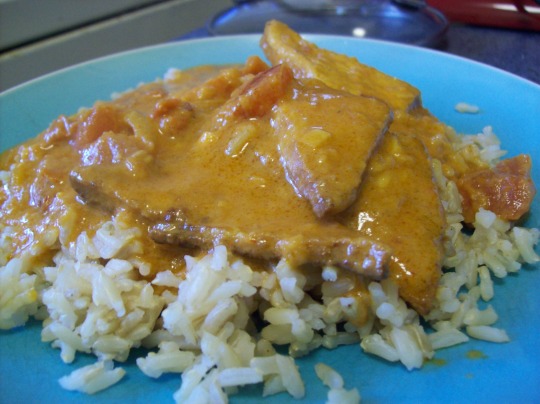
This recipe was relatively simple and cheap to prepare, two things I always like when it comes to homemade! Next time I want to add broccoli to the mix, as well as other vegetables. This curry was very delicious on a bed of brown rice. Definitely try making it at home, and save yourself a little money in the process! The recipe yielded about three servings, so you’ll even have leftovers.

